Top 5 Filipino Restaurants in Mississauga
Published March 14, 2015 at 4:12 am
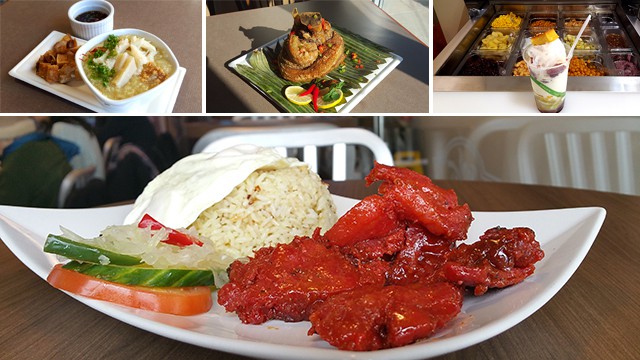
If you aren’t familiar with Filipino cuisine, it may be hard to know where to start. The pungent aromas, bold flavours and distinct ingredients may be intimidating to those who haven’t grown up eating it or made the ranks of “honorary Filipino.”
Honorary Filipino’s are those I like to define as ones who grew up with Filipino friends and/or have been invited to join a Filipino fam jam that typically includes over a dozen relatives all inviting you to eat, eat, eat and eat the party trays of food they have lined up. Like many cultures, Filipino cuisine is part of what binds Filipino’s together.
With over half a million Filipino’s across Canada, it’s surprising that Filipino cuisine hasn’t become as mainstream as you would think. And closer to home, Filipino cuisine in Mississauga tends to be underrepresented in a city with close to 40,000 Filipinos. There are only 11 Filipino establishments – only four of which can be classified as dine-in restaurants.
Filipino cuisine has evolved over many centuries with Spanish, Chinese, Malay and American influences and the various regions within the Philippines often create their version of traditional dishes. The Philippines’ story can be told in the flavours of the cuisine.
Here is a cultural road trip to the top 5 Filipino dishes to try and where to get them in Mississauga:
If you love Filipino cuisine, you’ll be excited to know that Mississauga just got a new Filipino restaurant. It’s called Little Manila Big Flavours, and it’s serving up some delicious food from its spot at Rathburn Road West and Queensbridge Drive. The menu is fresh and it changes every day, but you’ll typically find all day breakfast, a la carte paluto, and some classic drinks and desserts on the menu. For breakfast, you can get such Filipino treats as longsilog (sweet sausage) and tapsilog (marinated sliced beef), the a la carte paulto includes a ton of options such as lumpiang (fried pork spring roll), sizzling sisig (crispy diced pork), and even some calamari with dipping sauce. And for dessert? We’re talking halo-halo, turon, and even ube cupcakes.
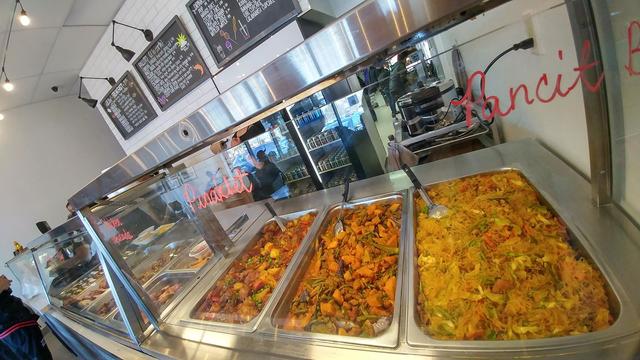
4) Berto’s
Berto’s Cuisine is family run Filipino restaurant which recently opened its doors in Mississauga. Berto is a shortened version of Edilberto and chosen as the name of the restaurant because it was the only name out of the six restaurant partners which was the most “Filipino” stated Oswald Morales Martel the executive chef and co-owner. ” There are eight daily specials which include a variety of dishes including these signature staples:lomi (small pieces of meat and egg noodles in a soup stock), palabok (rice noodles in a shrimp sauce topped with ingredients such as shrimp, ground pork, fried tofu, and pork cracklings), chicken/beef mami(chicken or beef noodle soup served with boiled eggs and other toppings), lugaw (rice porridge served with meat, similar to congee). You will also find a lot of Filipino favorites such as adobo, kare-kare,menudo, sisig, fried tilapia, pinakbet, sotanghon, crispy pata, halo-halo, sago gulaman, They also offer party trays!
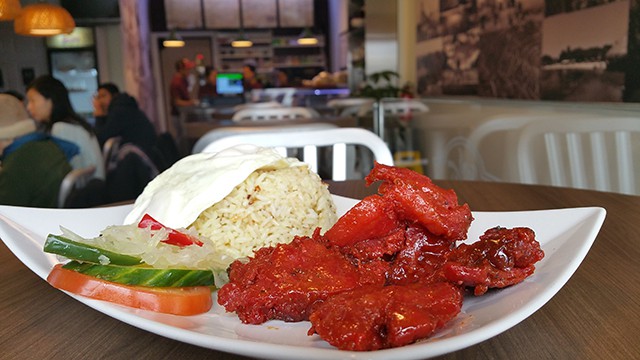
A traditional Filipino breakfast is a savory combination of fried rice, fried egg and a main feature such as cured meat. The names of each variation of the breakfast dish ends in silog with Tapsilog being the OG of Filipino breakfast dishes.
The name comes from portions of what the dish includes: tapa (dried or cured meat or fish), sinangag (plain or garlic fried rice), and itlog (fried egg). The same rule applies to the variations of the dish: Adosilog (Adobo is soy and vinegar marinated dish), Bacsilog (bacon), Bisteksilog (Bistek is beef steak marinated in soy, calamansi juice and onions), Litsilog (lechon also known as roast pork), Bangsilog (Bangus – milkfish), etc.
Somthin’ Sweet 4 U has its roots in baking just that – something sweet. A home business that flourished now has three locations in Mississauga (and one in Brampton) with the newest dine-in restaurant located in the Heartland area. It serves up all your Filipino favorites, including one of my favorites: longsilog, which includes longanisa – a Filipino sausage flavoured with spices specific to each region in the Philippines. The most common types are hamonado (sweet/savory) and de recado (garlic, spicy, sour and/or salty).
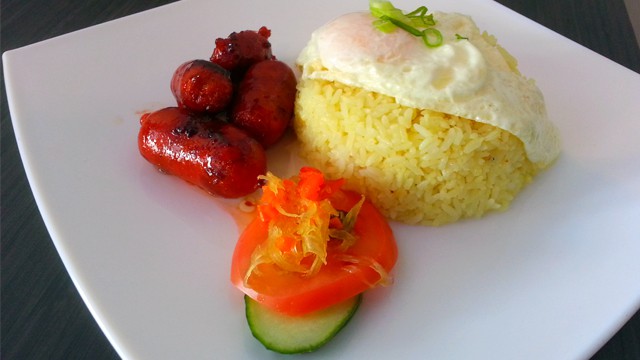
There’s lechon and there’s Cebu-style Lechon! Lechon is the Filipino version of a whole roast pig which is an extremely popular main dish during special occasions and holidays.
The whole pig is slowly cooked over charcoal heat to produce the juiciest of meat and crispiest skin. Lechon recipes differ in every region and country and Cebu is known for having one of the best and most delicious Lechon recipes out there – distinct for its trademark combination of spices.
The Cebu-style Lechon on the menu is Chef Lucido’s prized recipe from back home and his boneless roasted pork belly, also made Cebu-style, is available daily by the pound. The whole lechon is available on special order.

1) Carinderia
Carinderia is a new Filipino restaurant that specializes in authentic Filipino cuisine – a concept created by owner and local resident Dolly Flores. Carinderia is defined as an eatery that sells native home cooked meals. The restaurant is unique for serving authentic Filipino cuisine, including native sweet delicacies – sweets Flores defines as authentic Filipino desserts – with pre-Spanish and pre-Chinese influences. Everything from the sauces to the ingredients for a popular Filipino frozen treat called halo-halo are all made from scratch by her team of chefs who have worked in kitchens in Israel and California. The menu is categorized into various sections including merienda (a light meal, typically enjoyed late in the afternoon in the Philippines), iced dessert & parfait, kakanin (native sweet delicacies), smoked/grilled/BBQ, soup, fiesta (dishes typically reserved for weekends or special occasions in the Philippines), gulay (vegetables), isda (fish and seafood) and spicy dishes.
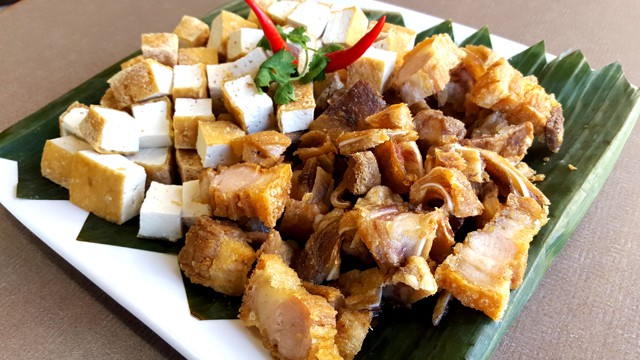
INsauga's Editorial Standards and Policies



